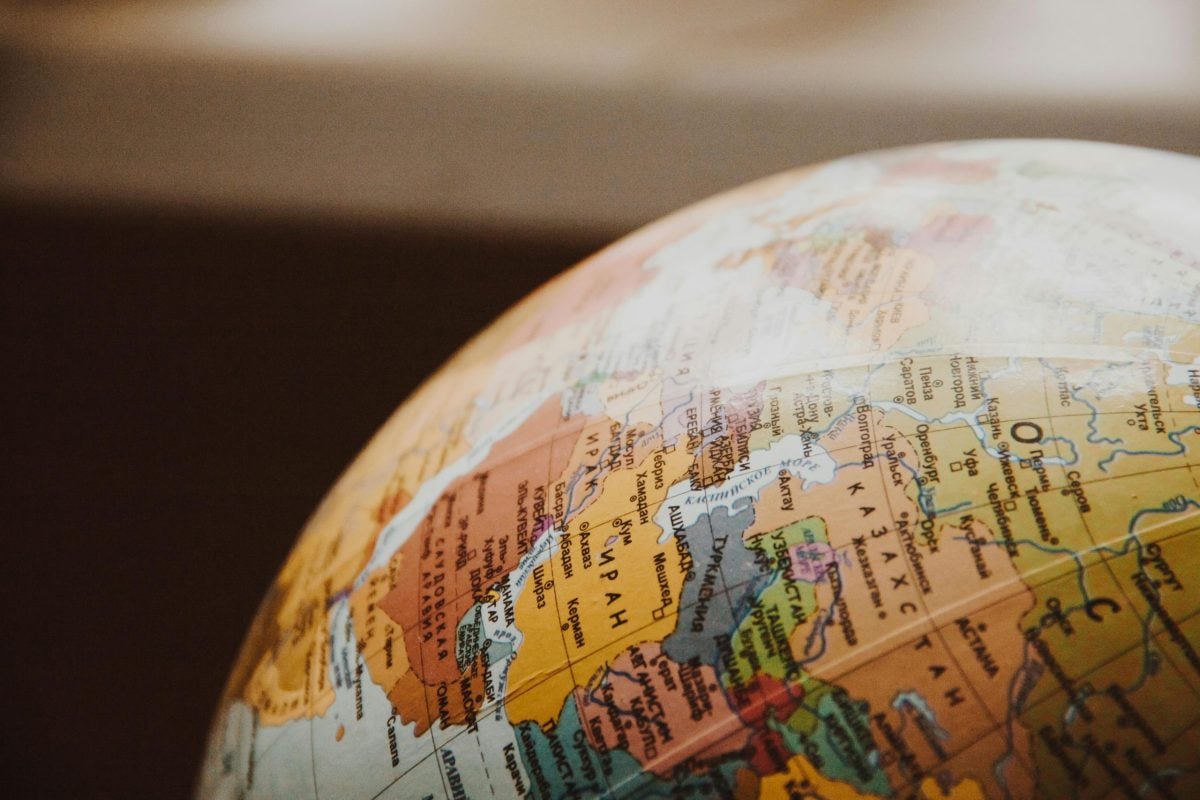Uncategorized
Handlebars and Irish Heritage on Winding Roads
handlebars
Estimated reading time: 8 minutes
- In the heart of Ireland
- The Journey Begins
- Pedals and Pride
- Celtic Connections
- The Weight of the Forgotten
- A New Dawn
- Did You Know?
- FAQs
- Final Word
In the heart of Ireland, there lies a tale of nameless pubs and pushing pedals under darkening skies, where handlebars do not simply guide bicycles but steer the very narrative of our people.
The Journey Begins
Picture it: a windswept road in County Kerry, the emerald fields stretching out like a quilt patched by gods. There’s an old bike—it’s seen better days, the paint chipped and the leather seat worn slick. But as any young lad will tell you, it’s not the bike’s lineage that matters, it’s the story it carries. With handlebars that feel like the outstretched arms of a long-lost friend, the boy sets off, pushed by the thrill of escape. The air is thick with the salt of the Atlantic and the whispers of ancient legends. Every push on those pedals takes him deeper into the lore of his people, every turn as deliberate as the songs of the past that echo in his heart.
Pedals and Pride
As he traces the winding roads from Dingle to Tralee, he remembers the tales told in hushed tones around the kitchen table. Stories of rebellion, of the struggles of his forebears who didn’t sit idly by while the world dictated terms. On that bicycle, he can feel the revolutionary fervor coursing through his veins—a legacy handed down alongside the worn family jerseys hanging in the hall, jerseys that speak of brotherhood and belonging. Handlebars grip tighter as the wind howls reminders of the past—of calloused hands and desperate bravery, of brothers and sisters who paved the way for freedom, on fields shaped by just as much sweat as sacrifice.
Celtic Connections
The ride is about more than just speed; it’s about connection. As he glides through the winding roads, he pays homage to the tales of the púca, the mischievous fae, who roams the hills at twilight. They say the presence of a púca, like a turn of the handlebars, can alter your path entirely. He chuckles softly, wondering if the fae are keeping a careful eye on his progress. Beyond the fables, the handlebars lead him to folk music echoing from a nearby pub, a gathering of souls who despite their differences, share a pulse—the music of home. In that convergence of voices, past and present intertwine securely, and a sense of belonging shimmers across the dusked sky.
The Weight of the Forgotten
With every rotation of the cranks, however, the weight of history cannot be ignored. The handlebars’ grip serves against the bumps and potholes of not only the road—but life itself. There’s sorrow woven deep into the fabric of our Ireland, tales of famine, of loss, of struggle. The ghosts of those who once pedaled alongside him linger all around, their stories whispered by the breeze. But like any sturdy bike, resilience is built right in. The boy knows that just as he rides onward, so too must the legacy of those before him push through the weeds of collective grief.
A New Dawn
Pedaling into the beckoning night, he reaches a summit that overlooks his village, the distant town twinkling like a sea of stars. It’s here he pauses, handlebars gripped firm—this moment isn’t just about him, but every ancestor who’s borrowed a bike, caught a dream, and dared to challenge the horizon. Each seat holds a story; every handlebar leads to another adventure. So when he pulls into the pub and sets his bike down, he knows the real journey is just beginning. He takes a deep breath, blood thrumming with history, and invites the night in. Here’s to the handlebars and the stories they carry!
Did You Know?
- The bicycle was invented in the early 19th century, but by the Irish revolutionary period, it had become an essential means of escaping the tumult of life.
- In the 1916 Easter Rising, messages were often delivered via bicycle to avoid detection by British forces, showing just how intertwined cycling and rebellion were.
- The Irish folklore is vivid with tales of fae creatures like the púca, who can transform into horses, symbolizing freedom and mischievousness—a quality every cyclist can appreciate.
- The GAA jerseys worn by players embody not just regional pride but the communal spirit echoing through the ages, much like that shared on every bike ride through the countryside.
FAQs
What is the significance of biking in Irish culture?
Biking is often a symbol of freedom and exploration, resonating deeply with the Irish spirit. Reflect on this shared heritage with celebratory jerseys you can find at HubIrish.com.
How can I learn more about Irish folklore?
To delve into the rich tapestry of Irish folklore, consider visiting our selection of cultural pieces like jerseys and art at HubIrish.com.
Final Word
In the end, as the shadows lengthen and life unfolds, we find ourselves on this winding journey—we are all riders with stories to tell. If you carry the same pride we do, you’ll find a piece of home waiting at HubIrish.com.

